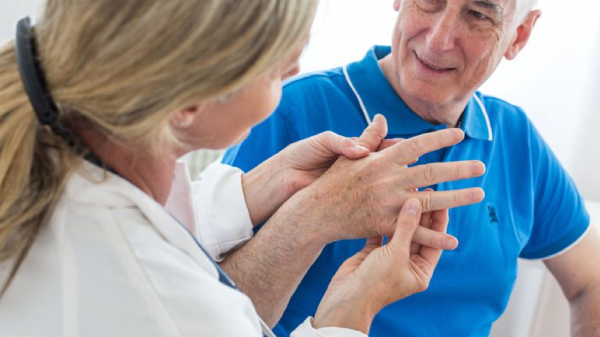
What are complementary therapies?
‘Complementary therapies’ are any treatments or therapies that are not part of the conventional treatment (such as medicines or surgery) of a disease. Examples of complementary therapies include acupuncture, massage, aromatherapy, vitamin and mineral supplements and herbal medicines.
All treatments, even ‘natural’ ones, can have side effects. Always keep your healthcare team informed of any treatments you are taking.
Do complementary therapies work?
The main criticism of complementary therapies is that there is often little scientific proof that they work. In many cases, little or no research has been done. In other cases, only poor quality studies have been done so the results may be inaccurate or exaggerated.
Before trying a complementary therapy, make sure you understand whether the benefits have been clearly proven so that you are not misled or given false hope. The current reliable evidence from studies of complementary therapies for arthritis is summarised below.
Are complementary therapies safe?
Because many complementary therapies have not been thoroughly tested, it is not known if they are safe or unsafe. Complementary medicines need to be treated with the same care and respect as other medicines. Many complementary medicines can cause side effects and may interact with other medicines (eg. prescription medicines). This can cause serious health problems or make other medicines less effective. Talk to your doctor or pharmacist before using any complementary therapy.
Before you start using a complementary therapy
Here are a few steps to protect yourself:
- Get an accurate diagnosis from your doctor
- Get information about the treatment. Talk to your rheumatologist or GP about the treatment. Find out if the treatment is likely to interact with your current treatments. Do not stop any current treatments without first discussing it with your doctor. You could also talk to your pharmacist or local arthritis office about the treatment.
- Keep in mind that the information given to you by the person promoting the product or therapy may not be reliable. Or they may have a financial incentive to recommend a specific treatment.
- Make sure the treatment or therapy is something you can afford, particularly if you need to keep using it.
- Check qualifications of practitioners involved. The websites of some professional associations are listed below for more information or to help you find an accredited practitioner.
Warning signs
Be on the lookout for the following warning signs when considering a new treatment:
- A cure is offered. There is no cure for psoriatic arthritis (PsA) so be wary of products or treatments that promise a cure.
- Proof for the treatment relies only on testimonials (personal stories). This may be a sign that the treatment has not been scientifically tested.
- You are told to give up your current effective treatments or discouraged from getting treatment from your doctor.
- The treatment is expensive and not covered by any health fund.
Working with your healthcare team
You may feel concerned that your doctor or other members of your healthcare team will disapprove of complementary therapies. However, it is very important to keep your healthcare team informed, even if they do not approve. Your healthcare team, particularly your rheumatologist, GP and pharmacist, can’t give you the best professional advice without knowing all the treatments you are using. This includes vitamin supplements, herbal medicines and other therapies.
CONTACT YOUR LOCAL ARTHRITIS OFFICE FOR MORE INFORMATION AND SUPPORT SERVICES.










